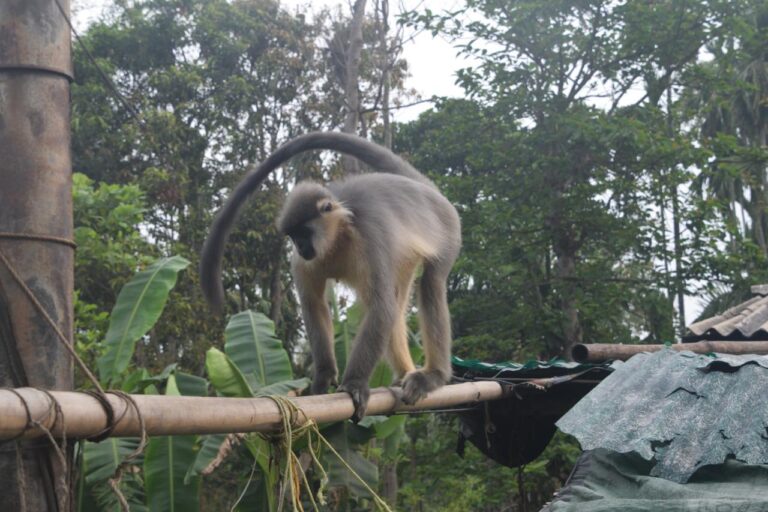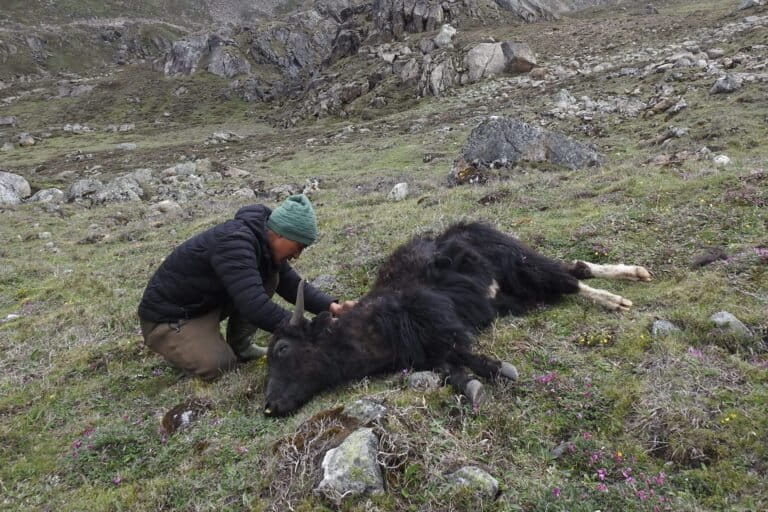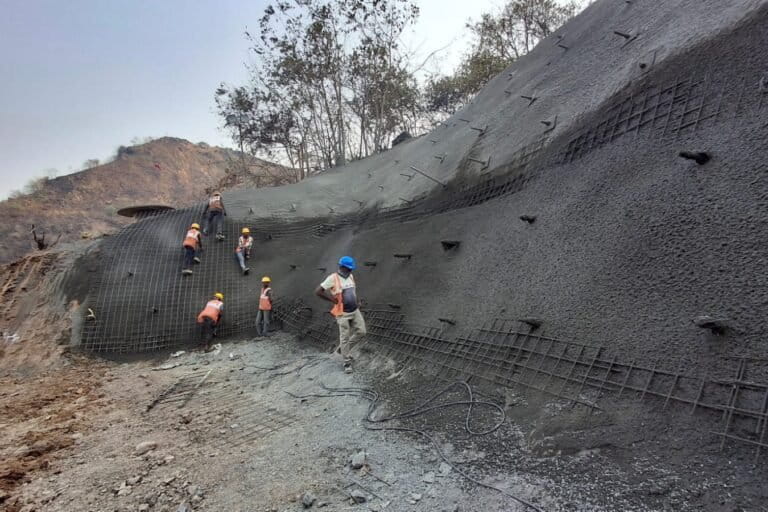- Leopards are adapting their habitat and diet to survive within the fast-changing cityscapes of Indore and Jabalpur, finds study.
- Leopards are supplementing their natural prey diet with livestock and domestic dogs.
- Identifying and preserving key leopard habitats and corridors is key to reduce human-wildlife conflict.
As cities sprawl and concrete landscapes replace natural habitats, wildlife faces the challenge of adapting to an increasingly human-dominated world. Among the most elusive yet remarkably adaptable species is the leopard (Panthera pardus).
A new study based in central India sheds light on how leopards are adapting to survive within the region’s fast-changing cityscapes. “Accurate population estimates are crucial for conservation, but imprecise data often forces researchers to rely on expert opinions or flawed methods. This limits our understanding of leopard behaviour, habitat use, and interactions. With few studies on urban leopards, assessing their presence in cities is now essential,” says Aniruddha Majumder, scientist and divisional in-charge, animal ecology division, State Forest Research Institute – Jabalpur, and one of the study’s authors.

Role model
India is home to an estimated 13,874 leopards, with Madhya Pradesh home to the highest population at 3,907. To understand how these big cats navigate city life, researchers conducted a comprehensive study between September 2021 and May 2022, focusing on two key urban landscapes: Indore and Jabalpur.
To estimate population size, they used the camera trap mark-recapture method, which has proven effective for elusive species. Data from camera traps and sign surveys were used for distribution modelling.
They also applied MaxEnt, a machine learning tool, to assess suitable leopard habitats in urban areas. “The model considered environmental factors such as elevation, slope, land use, drainage and water bodies. Species presence data covered the entire study area. The data and selected variables were then formatted for the MaxEnt software. The core of the model was an algorithm that predicted species distribution based on occurrence records and environmental factors such as temperature, precipitation, and human activity,” explains Majumder.
The result? A detailed and accurate picture of how leopards are adapting to life in these urban landscapes.

Thriving amid chaos
Despite the challenges of city life, leopards demonstrated an impressive ability to coexist with humans. The study estimated a population of 23 leopards in Indore (with a possible variation of about 4.8 leopards) and 17.6 leopards in Jabalpur (with a possible variation of 5.4), a significant number given the high density of human settlements in both cities.
It found that highly suitable leopard habitats in Indore were mainly concentrated in the southern part of the study area, while in Jabalpur, the most suitable habitats were restricted to the central-eastern part. Moderately suitable areas surrounded these core zones.
The research also identified key environmental factors shaping leopard habitat selection. In Indore, land use, precipitation, daily temperature fluctuations, and human activity were significant factors. In Jabalpur, habitat suitability was influenced by seasonal rainfall, elevation, and temperature extremes.
However, the two cities presented distinct differences in leopard distribution. “In Indore, leopards were primarily spotted outside city limits, keeping their distance from urban hubs. Jabalpur, on the other hand, saw leopards inhabiting private lands within municipal boundaries. While protected areas in both cities are managed by the forest department, large tracts of forest fall under the jurisdiction of the Indian Army,” says Majumder.
One of the key factors enabling leopards to survive in these urban environments was their ability to adapt their diet. The study found that in addition to their natural prey, leopards supplemented their meals with livestock and domestic dogs, demonstrating remarkable resourcefulness in a human-dominated landscape.
The study also highlighted the importance of wildlife corridors, which facilitate leopard movement between forest patches and human settlements. These corridors serve as crucial lifelines, allowing leopards to navigate urban areas while minimising direct conflicts with humans.

The road ahead
As cities continue to grow, the expansion of infrastructure and business hubs poses increasing threats to wildlife. To this end, the researchers stress the importance of identifying and preserving key leopard habitats and corridors to reduce human-wildlife conflicts. Strengthening the network of protected areas and complementary habitats within urban leopard ranges is essential for long-term conservation.
To mitigate negative interactions between humans and wildlife in overlapping habitats, the study suggests some measures. “Safer livestock herding practices, such as predator-proof enclosures, timely compensation for leopard-related losses, and improved herding techniques, can protect both leopards and people’s livelihoods. Regular monitoring of prey populations is also crucial, as sustaining prey in larger forest patches ensures long-term leopard survival. This requires habitat maintenance, anti-snare patrols, and minimal human disturbances,” says Majumder.
Additionally, preserving wildlife corridors by maintaining and monitoring pathways — such as dry or active streams used by leopards for dispersal — is essential to ensuring safe movement between habitats. Enhanced monitoring techniques, including annual camera trap surveys, electronic surveillance, and radio-telemetry studies, can also provide deeper insights into leopard movements and population trends.
Sustained monitoring of urban leopard populations is also key to balancing conservation efforts with urban development. “The source population sites in Jabalpur and Indore must receive the highest level of protection,” says Majumder. Only by combining conservation strategies with scientific monitoring can stakeholders ensure that leopards continue to thrive in urban landscapes while peacefully coexisting with the people who share their habitat.
Read more: Does size matter? How leopards on forest fringes choose livestock kill
Banner image: A leopard near an urban area in Madhya Pradesh. Image by Aniruddha Majumder.














